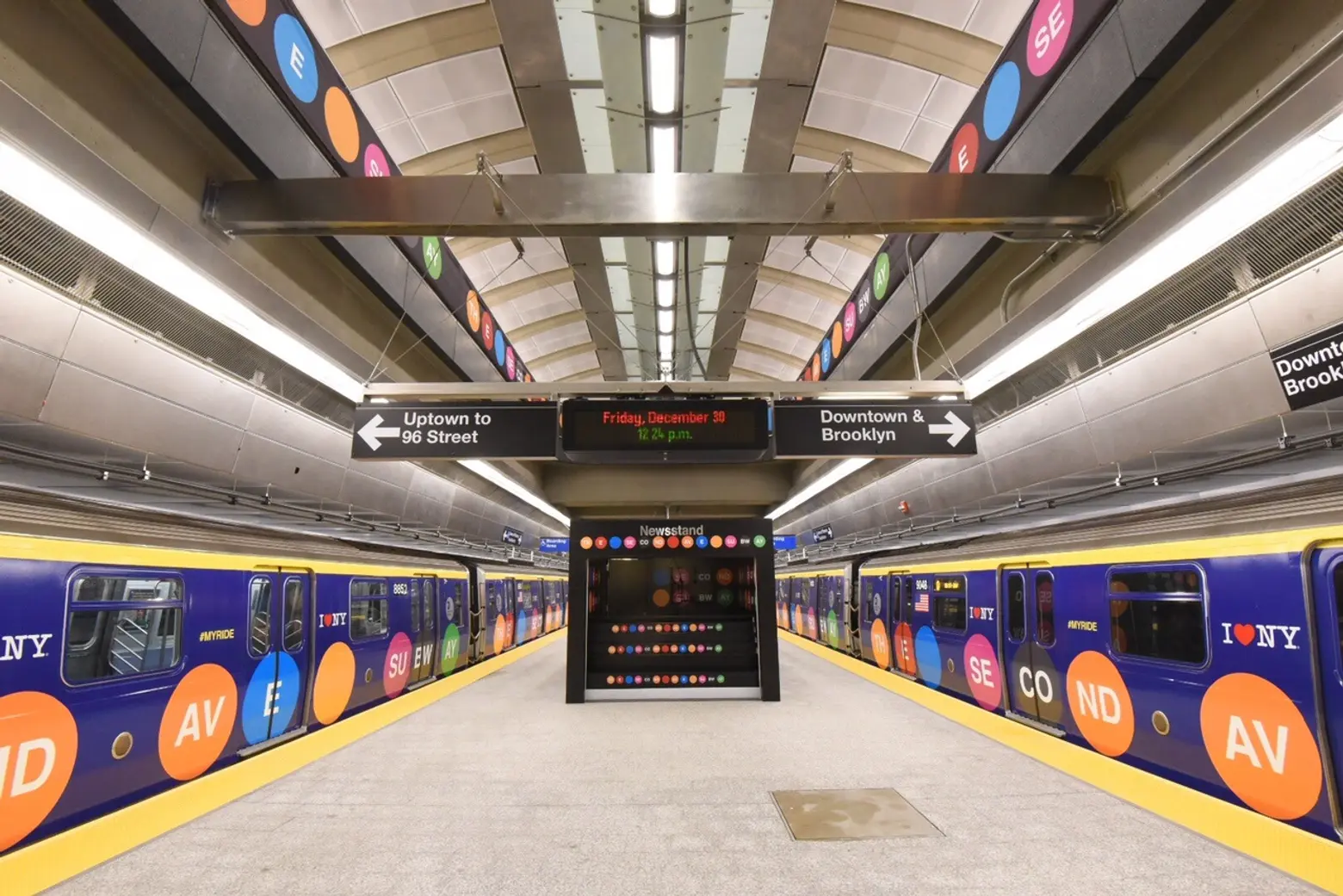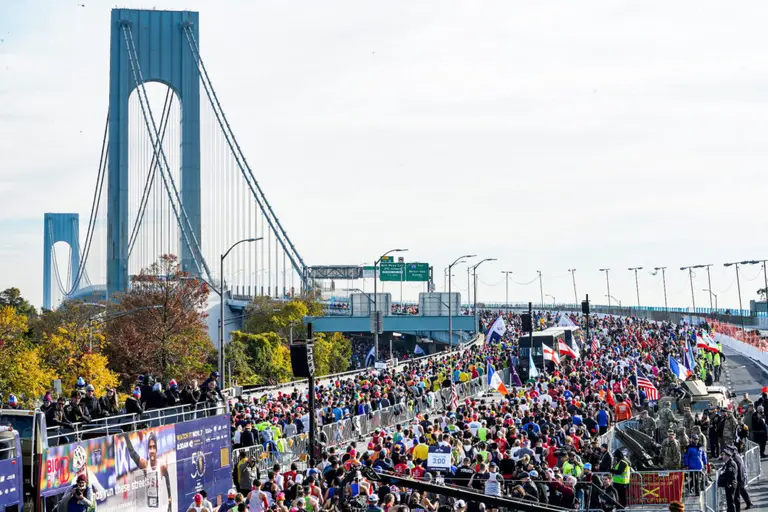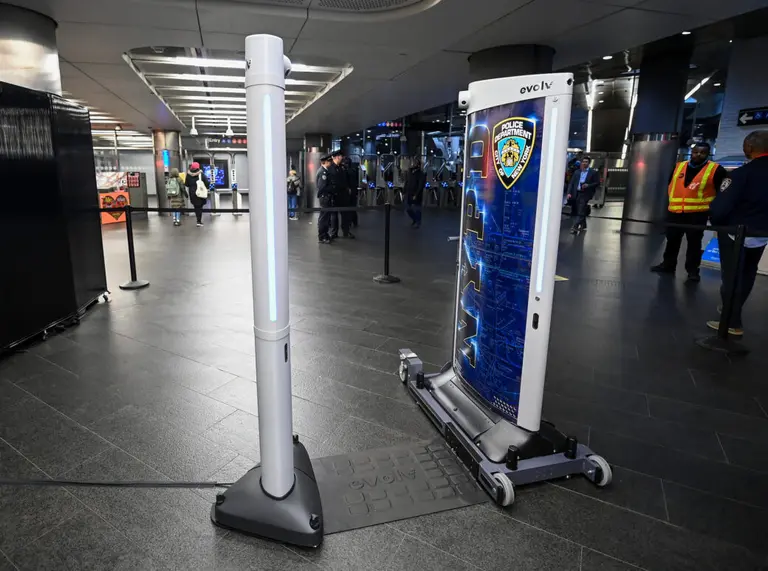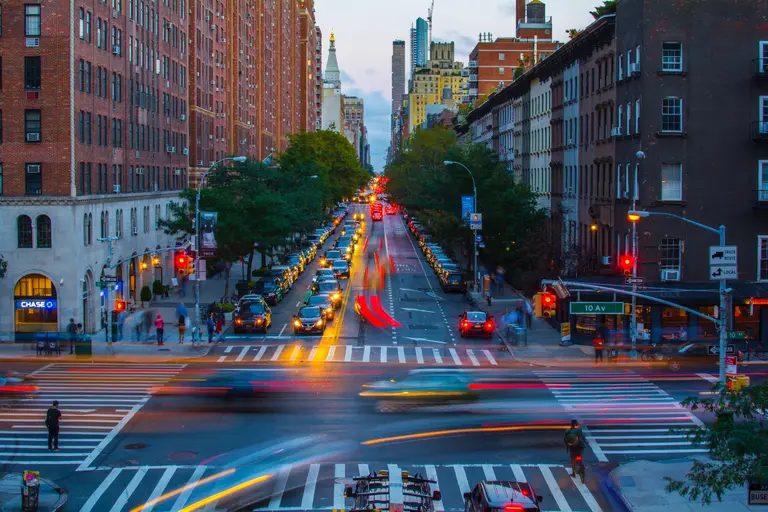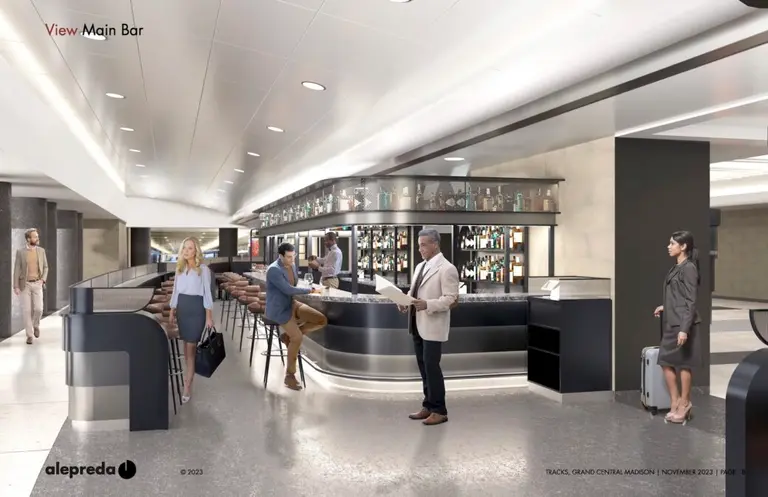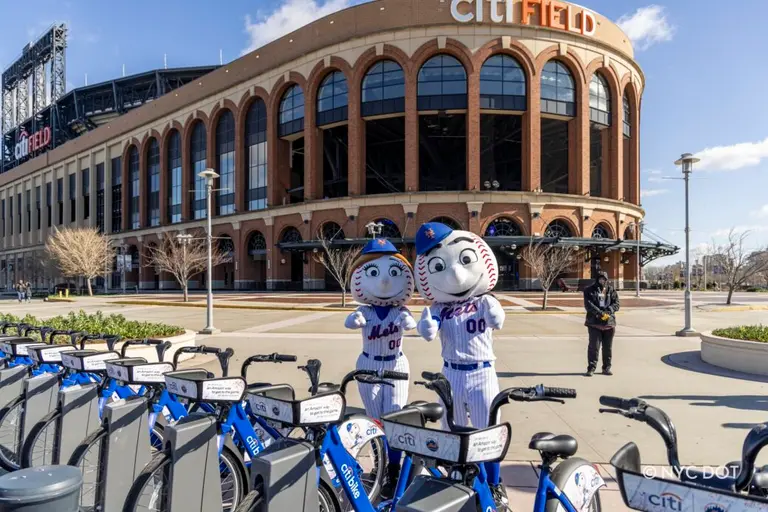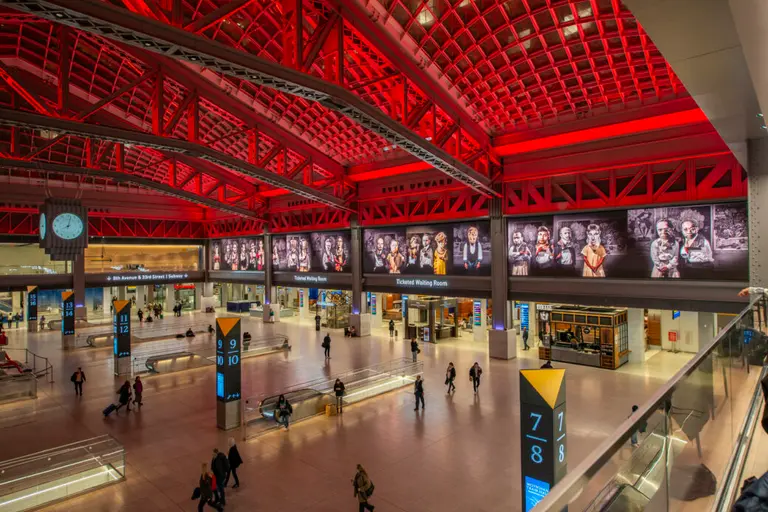Is the C train the root of the NYC’s subway problems?
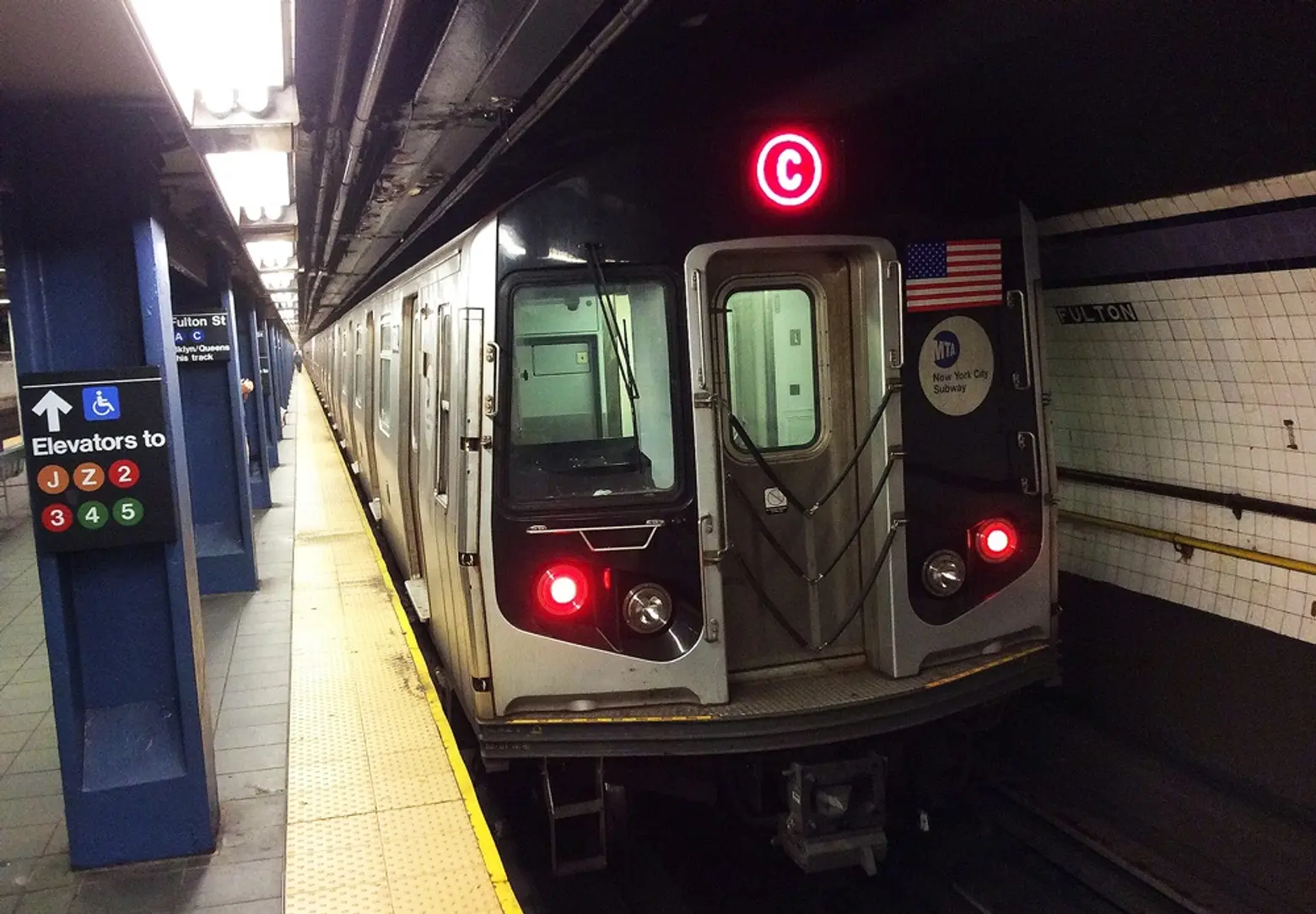
There’s plenty of blame to go around when it comes to the chronic failures of the NYC subway system, from the lack of funds to the lack of leadership. But now the latest piece of the MTA to get finger wag is not a person or a line in the budget, but the system’s C line. As the Times reports, C trains, the oldest and most break down-prone cars in the system, can many times be traced back to as the cause of system-wide failures. Breaking down roughly every 33,527 miles—as opposed to 400,000 miles for the average car, or 700,000 miles for new cars—when C line cars see delays, pangs can be felt throughout the entire network, making everyone’s commute increasingly miserable.
As 6sqft previously shared, it’s been an ongoing struggle to get the dated Brightliners out and newer models in. Cash was earmarked for replacement of 300 cars back in 2012, but New Yorkers will only begin to see a handful of them replaced this year. Moreover, the cars will be rolled out along not just the C line but spread across the J and Z as well. The Times is also quick to point out that the release of all 300 is still at least another year out—pending track testing—and the whole effort is already tens of millions of dollars over budget on top of being years late. And still, assuming all of the cars are eventually swapped, the old Brightliners could be brought back in 2019 to increase capacity as tens of thousands L line commuters seek alternative routes between Brooklyn and Manhattan during the 15-month L train shutdown.
“The tale of the Brightliners, and how difficult it has been to replace them, perfectly exemplifies the challenges, missed opportunities and lack of resolve—both political and financial—that have caused the system to arrive at the verge of collapse,” writes the Times.
Regional Plan Association V.P. Richard Barone shared some criticisms of his own with the paper concerning the MTA’s current M.O., noting that other cities have been far more effective in maintaining older cars. “Unlike other systems, the MTA does not give its cars a full midlife capital rehabilitation—it makes repairs to the critical—but does not gut and upgrade the interiors or exteriors and replace all mechanical systems,” he said. “This approach essentially rebuilds the cars, aside from structural age, making them almost new again.”
Phil Eng, the newly named chief operating officer for the MTA, seems to share the same sentiments, agreeing the agency needs to change its ways. He told the Times, “It is not just the infusion of money but how we use that money.” He added, “We need to do more than just repair things and be reactive.”
Historically slow to move, the MTA has of late been more keen to the issues. In May, Governor Cuomo announced his “aggressive” action plan to combat system failures, which included the launch of a “MTA Genius Transit Challenge” asking for ideas to fix the subway with a $1 million reward, as well as an uptick in the capital budget to $32 billion from $29.5 billion—although most cash directed to the subway has been funneled over to the second phase of the Second Avenue Subway.
[Via NYT]
RELATED:
